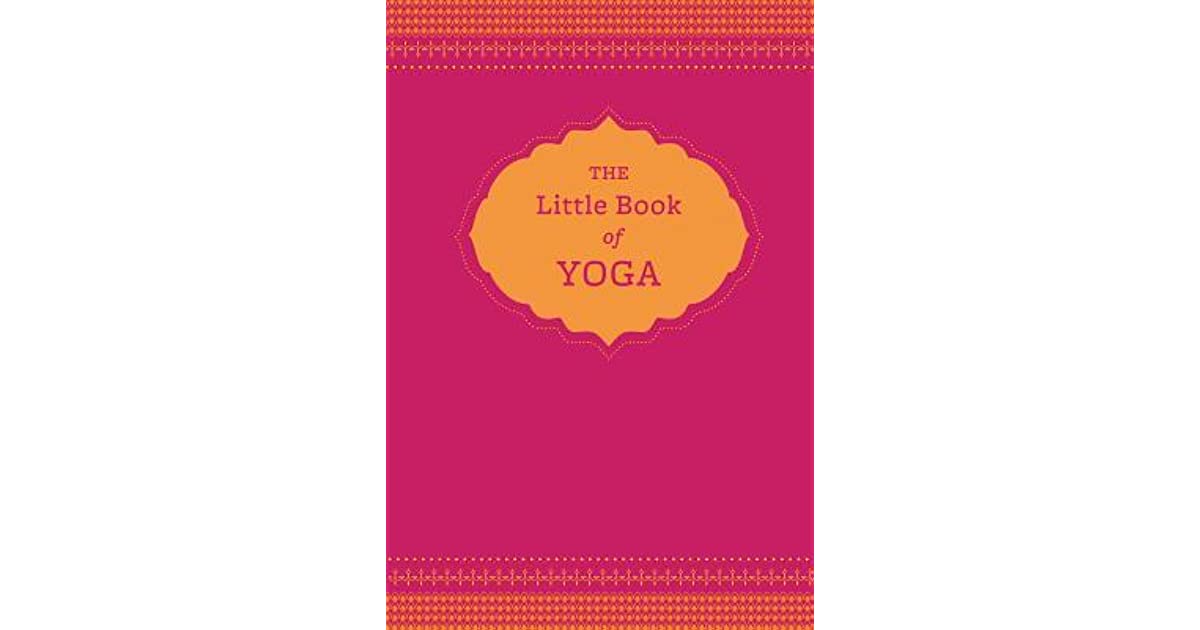
Yoga can be a great way improve flexibility, especially in your hips, back and thighs. This pose increases blood flow to the lower abdomen, reduces stress, and can also improve blood flow throughout the body. Lay on your back and extend your legs out in front. Bend your arms beneath your shoulders and slowly fold forward at the hips. For up to two minutes, you can keep this pose. Continue to do this until you feel comfortable.
While yoga may seem like an ideal way to become flexible, the benefits of yoga stretch far beyond improving your posture. This discipline can improve your health and help you do more poses. This is why stretching is an essential part of the practice. While it takes some practice to master each pose, the benefits are well worth the effort. Once you are comfortable with your flexibility, you can tackle more challenging poses.

Standing leg pose - This is basically Downward Facing Dog modified. However, you can extend one of your legs higher. It is important to extend your left leg straight up and point the right leg towards you. This pose can be modified by straightening or bending your knees. Standing leg pose also encourages you open your hips. To do this, lower your knees towards the ground and place your focus on your tips of your toes.
Forward bends are great for the hamstrings. This pose will open your chest and stretch the hamstrings. You can do this by sitting on the ground, a cushion, or a block. For at least 30 seconds, you can hold your left hand in your right hand and clasp it with your left. During this time, you should be able to feel the stretching and release of your shoulder and neck pain.
Half-forward bends are the best way for your spine to be flexible. Standing on your hands, spread your fingers apart between your fingers, extend your arms out in front of your head. Press your elbows against your knees with your arms. This will increase the flexibility of your hips, hamstrings, and lower back. To help you reach your full stretch height, you can wrap the strap around the back of your foot if you have strong legs. You can substitute a belt for a strap if it is not available.

Child's pose, a popular position in yoga, is very useful. It's a relaxing pose that allows the spine to stretch. It improves flexibility and strength of the hamstrings. This is a great option for beginners. Begin by lying down on your back and bringing your legs to the sides. Next, bend your knees 90 degrees to raise your legs and then place your hands underneath your shoulders. This position will strengthen your lower back muscles.
FAQ
How many calories per day should I consume?
It varies from one person to another. On average, you need 2000 to 2500 calories per days. It is important to consider your lifestyle and determine how many calories you'll need.
How often should you exercise per week?
It all depends upon how much time you have and what type or exercise you prefer. You should do moderate-intensity aerobic exercise three to five days per week. It is important not to overdo it. To get the best results from your exercise, it is important to be consistent.
Which exercises are best suited for me?
It really depends on what kind of fitness goals you have. Some people choose to focus on endurance activities, such as swimming, cycling, and running. Others love lifting weights or using resistance bars. There are so many different types of exercise programs available today. Find the best option for you.
Do I need to exercise every morning?
No! Get at least 30 minutes of moderate-intensity physical activity 5 days a week. This means that you should be able to walk fast enough to feel slightly out of breath, or bike hard enough to sweat.
What does milk do?
Next time you buy milk think about what you could do with it. It could also be beneficial to quit drinking coffee.
It has been proven that milk is beneficial for both children and adults. Milk is rich in nutrients for children, including vitamin D and calcium.
It promotes weight gain, digestion, bone strength, and aids digestion. Adults who consume dairy products tend to have fewer illnesses and better immune systems.
Milk is also rich in lactose, so people who cannot digest this sugar easily can enjoy its benefits without experiencing stomach problems.
You can drink more milk than you would soda or juice. You can strengthen your teeth with the extra calcium and vitaminD found in milk.
If you don’t like milk's taste, you can make your yogurt with plain low fat milk. Yogurt, which is lower in calories but higher in protein, is a great option to milk.
Yogurt also contains probiotics, which aid in digestion and improve immunity.
Try warm milk to help you fall asleep. Warm milk helps relax muscles and boosts serotonin levels.
What is a good schedule for a 7-day work out?
Three days per week should be spent on cardiovascular training, including running, biking, swimming, and two strength exercises using free weights, weight machine, as well as one flexibility/core exercise such as yoga, Pilates. Each activity should be performed at least once each week. Each session should not last more than 45 minutes.
Cardiovascular Exercise: Running/Biking/Swimming
You should aim to get at least 60 mins of cardio exercise per week. You can aim for 75 minutes a week for best results. Cardio exercises can be used to increase blood flow, stimulate muscle growth, and improve blood circulation.
Strength Training
Cardio exercises target the heart, lungs and muscles. Strength training targets the muscles, tendons and bones. Strength training builds lean muscle mass, which helps burn calories even when resting.
Flexibility and core workouts
Core and flexibility exercises are great ways of strengthening your whole body. Both yoga as well as Pilates are great choices.
Statistics
- An estimated calorie range for moderately active adult males falls between 2,200 to 2,800 calories per day, depending on age. (eatright.org)
- Get free shipping and 25% off today. (healthline.com)
- Cardmembers earn 5% Back at Amazon.com with a Prime Credit Card. (amazon.com)
- The PRS enabled risk stratification for overall prostate cancer and lethal disease with a four-fold difference between men in the highest and lowest quartiles (HR, 4.32; 95% confidence interval [CI], 3.16-5.89). (pubmed.ncbi.nlm.nih.gov)
- 10 pounds in a month is likely during a lean bulking phase, especially for beginners. (muscleandstrength.com)
External Links
How To
What nutrients is a man supposed to consume daily?
Men need healthy growth and development. Vitamins, minerals, vitamins, nutrients, carbohydrates, fats and fiber are all essential for the body.
Specific nutrients are also required by the male body at different times during the day. Your body makes hormones, antibodies and enzymes when you are asleep. Protein is needed to build muscles and repair tissue damaged when you wake up.
Your body uses the night to break down fat and store extra energy as glucose. Your body has less energy but still requires enough nutrients during this time. You might have an occasional snack during the night if your stomach is feeling hungry.
Working out requires adequate carbohydrate and protein intake. Muscle soreness can occur if you work out hard.
To prevent this, you should eat carbs as well as protein within the first two hours after training. Your body will use stored glycogen to produce glucose for energy.
After your workouts, you should eat protein immediately. This prevents the breakdown of muscle tissue that occurs while you sleep.
Your body can produce lactic acid during intense physical activity. Your body can build up lactic acid in the bloodstream which causes fatigue. Eat foods high in carbohydrate, such as fruits, vegetables, to avoid this.
Carbohydrates provide energy for your body to recover after strenuous exercise.
Additionally, lean meats, fish and eggs, dairy products, yogurt, cream, cheese, yogurt and beans can be added to your diet.
All of these foods contain high-quality protein. Protein promotes muscle growth, and helps repair damaged tissues. Protein also supplies the amino acids your body requires to make sex hormones, such as testosterone.
A healthy skin, nails and joints requires sufficient dietary fats. Healthy men should consume between 20% to 35% of their daily caloric intake from fat.
Fat can help keep your heart healthy and protect you from cancer. It is essential for proper brain function.
You can get most of the fat you need from vegetable oils like olive oil, sunflower oil, corn oil, soybean oil, peanut oil, and safflower oil.
These oils are rich in monounsaturated essential fatty acids (MUFAs). MUFAs reduce cholesterol and inflammation. They protect your cells against free radical damage.
Saturated fats (SFAs) are found mostly in animal products like meat, dairy products, and butter. SFAs raise LDL ("bad") cholesterol and increase triglycerides. They can also increase weight and reduce belly fat.
Polyunsaturated oils (PUFAs), are found in plant-based foods like nuts, seeds and vegetable oils. PUFAs reduce inflammation and improve cardiovascular function. They can also control blood sugar levels and cholesterol.
Men with low HDL ("good") cholesterol often suffer from erectile dysfunction. A high intake of saturated fats leads to higher levels of bad cholesterol.
Red meat and pork are a common source of prostate problems in men who eat a lot. Nitrites convert to nitrosamines when cooked at high temperatures. These compounds can cause lung cancer.
Most processed meats have nitrites and harmful chemicals. They should be avoided.
The American Heart Association recommends limiting red meat intake to two meals per week. Choose poultry, fish and legumes instead.